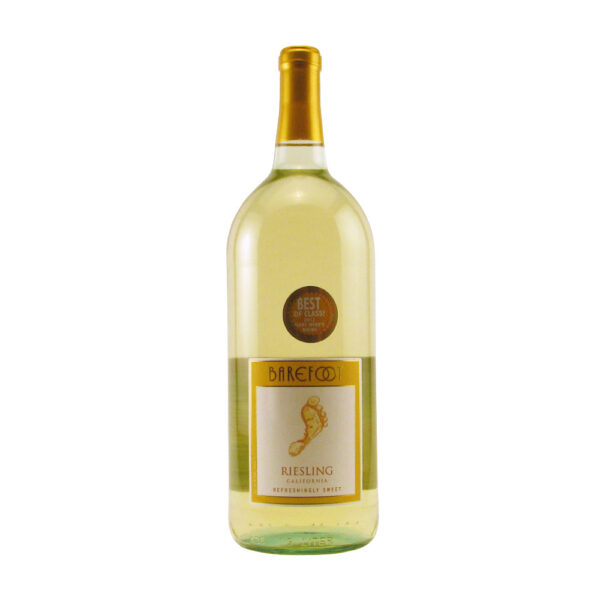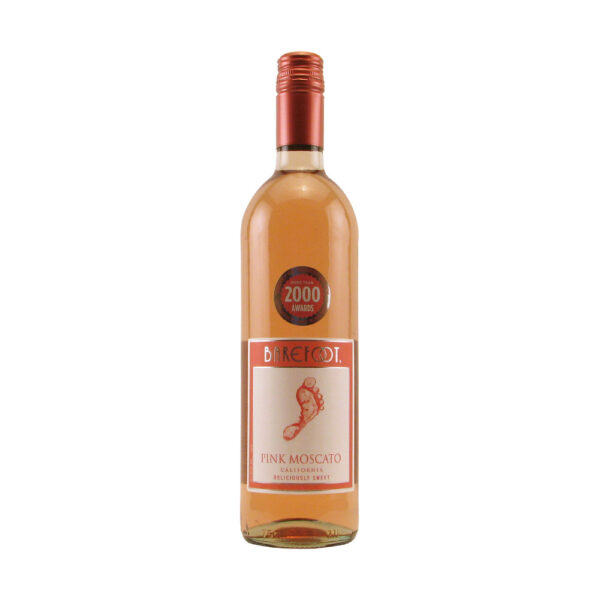Description
Niro Montepulciano D’Abruzzo 750ML
This is for serious red wine lovers. It’s an old world wine while being lively, bold, and juicy. It has a nice texture with smoke, black plum, and licorice that appears mid-palate followed by a lingering taste of chocolate on the long finish.
Although, it is medium-bodied with warmth when you take your first sip. Rhubarb compote and sun-ripened blackberries are noticed to some as well. It’s a special wine with the presence of hill town wines that incorporate wet earth elements. The fruit presence balances your tastebuds.
Aromas of red fruit, mulberry, and sour cherry are followed by cocoa, black pepper and licorice. Your senses are never overloaded, as each complements the other.
You can never go wrong with a classic old world red wine. Bold, flavorful, and a deliciously persistent finish. Surely, you don’t want to miss out!
Niro Montepulciano D’Abruzzo Notes To Your Senses:
- TASTE: Dry, rich, full-bodied, with lingering taste and complex tannins, black plum, fig, licorice, soft leathery undertones
- AROMA: Red fruit, mulberry and sour cherry preserve aromas with notes of cocoa, licorice and black pepper
- APPEARANCE: Intense ruby red with violet and purple nuances
- ABV: 13.5 %
- PAIRING: Meaty Pastas, roasted lamb, beef tenderloin, aged cheeses
Montepulciano:
Surprisingly, this grape has nothing to do with the town Montepulciano in Tuscany. It’s grown further south in the Abruzzo region.
Producing a silky, smooth smoke, there’s a warm and wet earthiness finish with charcoal notes. Dark fruits stand out with a medium body too.It’s usually used in the production of the wine is Sangiovese. They are darker in color like brownish red to a brackish red color. This color is often seen in old world wines.
Your palate is infused with stone fruit like cherries, red berries and combined with a medium bodied to firmer tannins and a high acidity. This is a great wine for pairing with food.
Red Wine:
Bringing out the best aromas and flavors of red wine can be achieved through the correct storage of temperature, generally between 50 to 55 degrees. Of course, this is a general rule of thumb as it depends on the grapes used when producing wine. There are so many health benefits due to the tannin. Procyanidins are a type of condensed tannin that is found in green tea and dark chocolate. Speaking of health young red wines are better than old as they have more tannin. However, as red wine ages, they become lighter. Very old wines are translucent and pale.
Vitis vinifera originating from Eastern Europe makes up most of the common varieties of red wine. The aromas of red wine come from grapes only. Cherry, berry, jam, and herbs are all from fermented grapes and wine aging in oak barrels. Pretty simple for such a rich, complex, and tasteful wine!
Italy:
Italy has adopted a rigorous controlled appellation system that has strict controls with regulations governing vineyard quality, yields per acre, and aging practices just to name a few. There is over three hundred DOC (Denominazioni di Origine Controllata) and DOCG (Denominazioni di Origine Controllata e Garantita) wines today. There are over five hundred classifications IGT (Indicazioni Geografica Tipica) wines are factored in too. Depending on the region of Italy, you’ll have a better idea of what types of wine are produced.
In the North, the Italian Alps lay against long expanses of the Po River plains. Tiny pockets and microclimates along the mountains link to their very own special wine. It always seems to be a fight between nature and wine, but wine continues to win as it has an extraordinary ability to age.
Central Italy delivers many more exciting wines such as Sagrantino from the Umbrian town of Montefalco, dense and dark Montepulciano from Abruzzo, and white Verdicchio from Le Marche.
Southern Italy, specifically Sicily has native grapes like Nero d’Avola (red) and Grillo (white). Grillo is used to produce fortified wine, Marsala. Sicily has a relaxed regulation with an increased experimentation which make the “new world” wine region, while perfectly locked within the confines of an “old world” wine reality.
Master Sommelier Little Known, Big Facts:
- The color of wine depends on the fermentation extracts using skin, like Red wine as compared to white wine, leaving the skin behind
- The oldest bottle of wine dates back to A.D. 325; it was found in Germany inside two Roman sarcophaguses
- The worst place to store wine is usually in the kitchen because it’s typically too warm, in refrigerators, their warmest setting can be too cold
- Richer heavier foods usually pair well with richer, heavier wines; light wines pair with lighter foods
- Generally, a vintage wine is a product of a single year’s harvest, not when the wine is bottled
- A “dumb” wine refers to the lack of odor while a “numb” wine has no odor and no potential of developing a pleasing odor in the feature
- If a server or sommelier hands you a cork, don’t smell it, look for the date or other information ( mold, cracking, or breaks)
- Tannin is a substance that tingles the gums when you indulge your palate with a sip of wine, it’s an excellent antioxidant
- Smell is by far the most important sense when it comes to drinking wine
- Wine was first developed in Mesopotamia, not France
- French wines are labeled following the soil on which they are produced, not according to the grape used
- When chilling wine, adding salt to ice will cool it down faster
Warnings:
You must be 21 or over to purchase this product
Instructions:
Serve at room tempature






Reviews
There are no reviews yet.